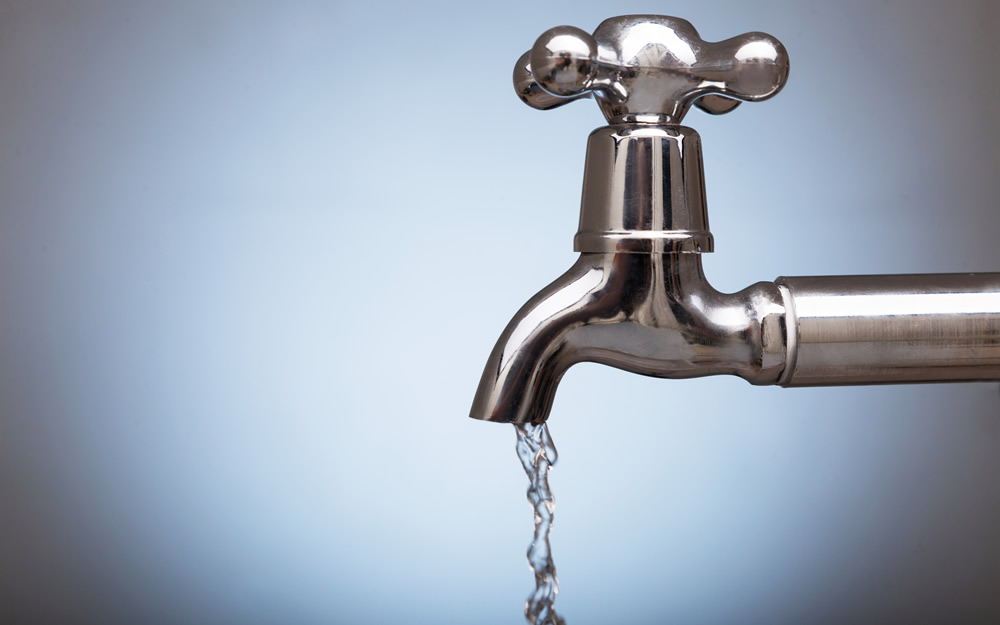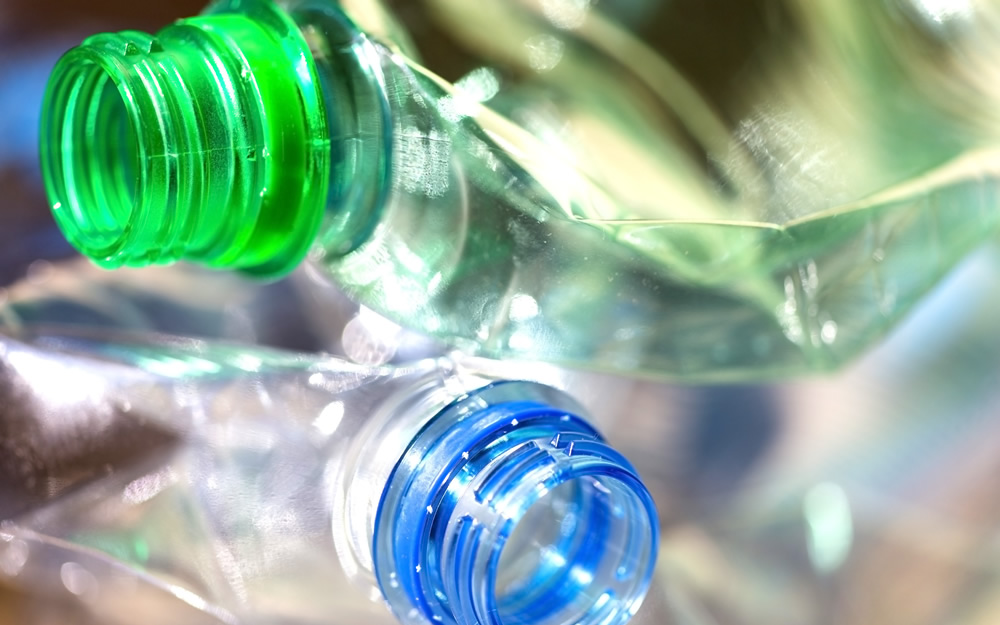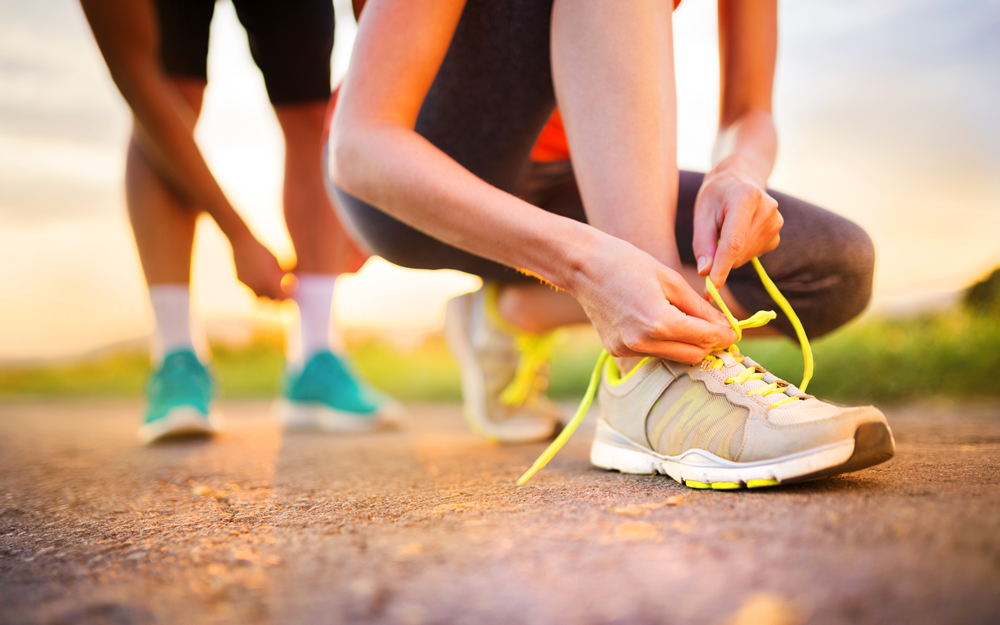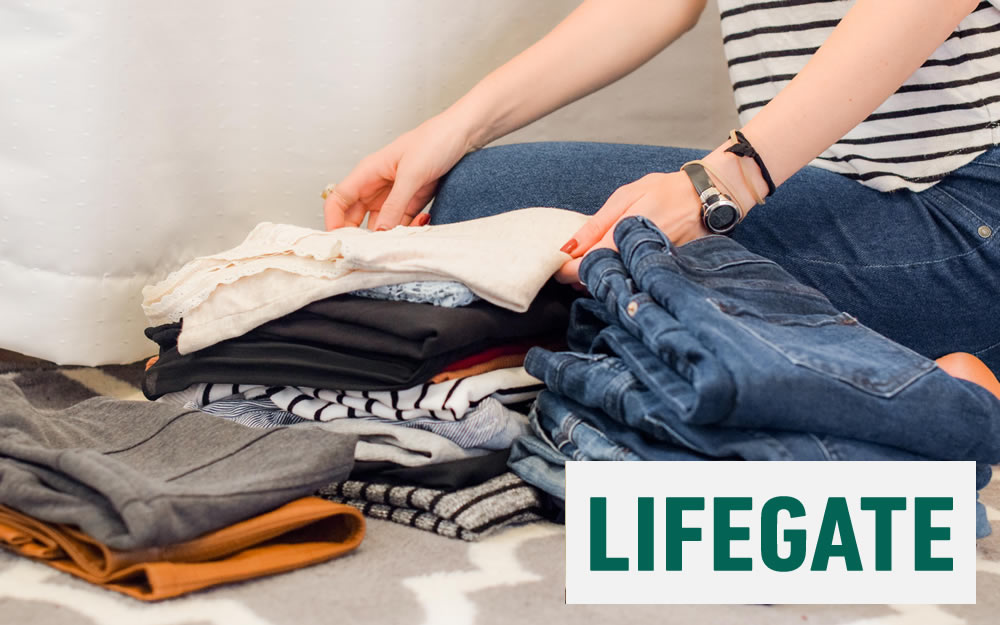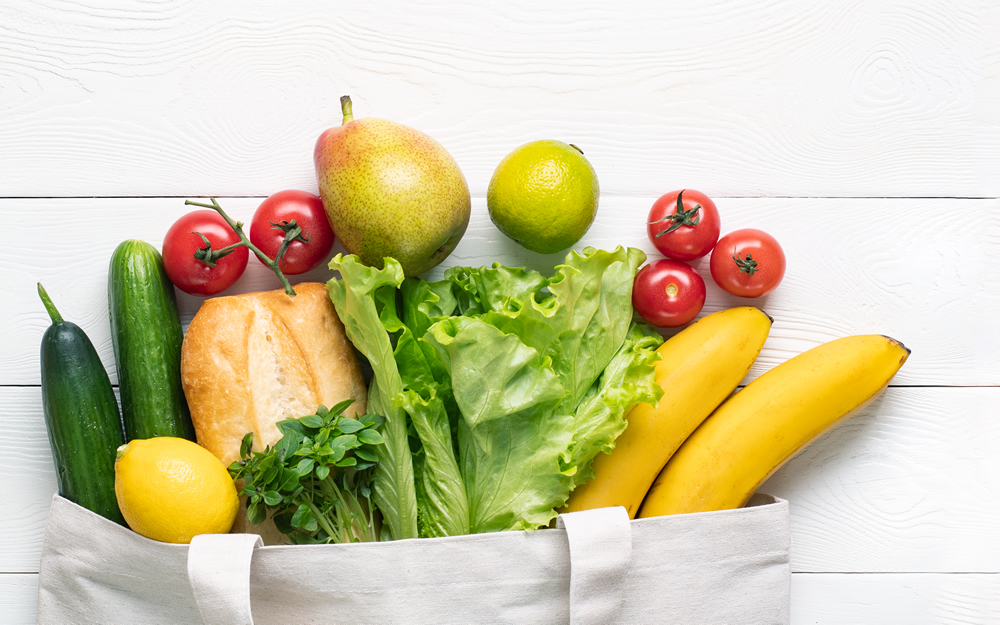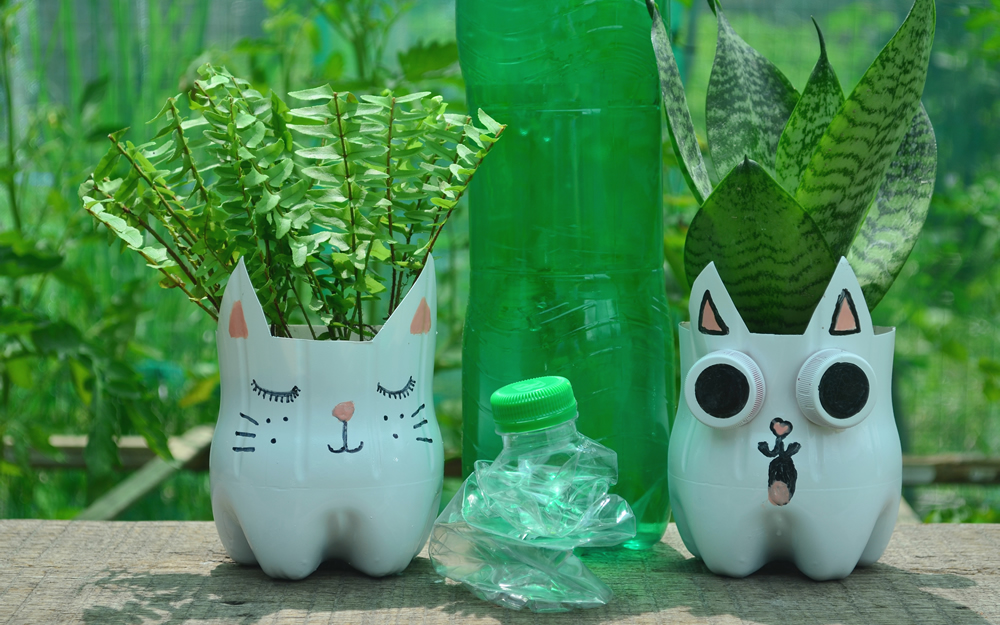- Home /
- Green life /
- Examples of circular economy: what it is and how it works
Examples of circular economy: what it is and how it works

Circular economy is an innovative system of production and consumption that aims to reduce waste, increase resource efficiency, and reuse materials in a sustainable way.
According to the definition provided by the Ellen MacArthur Foundation, it is "a generic term to define an economy designed to regenerate itself", a model that promotes responsible use of natural resources, waste reduction, repair of damaged products, and reuse of materials
What it is and why it is called circular economy
A long-term solution to improve the environmental, social, and economic sustainability of the entire planet.
The circular approach has been studied and implemented to replace the linear economy, which involves products being created, used, and then thrown away. Traditionally, the linear economic process includes four stages:
- Extraction;
- Production;
- Distribution and consumption;
- Disposal.
In this case, the material becomes unusable waste and is distributed in the environment.
Circular economy, on the other hand, promotes sustainability and aims to reuse and recycle products in order to give them a second life, avoid waste dispersion, and increase resource efficiency.
The five principles of circular economy
During the circular process, materials are recovered, rethought, and reintroduced into the market cycle following five pillars:
- Waste no longer exists: "waste is food" is one of the principles of circular economy, all materials can be transformed into new products;
- Sharing economy and sharing of goods: the economy becomes collaborative, based on a process of exchange and sharing for recyclable renewable materials and a disposal hypothesis for non-recyclable ones;
- Recycling and reuse: the aim is to promote recycling to maintain the value of objects and products. The combination of reuse, repair, regeneration, and recycling of components becomes a loop to stem plastic pollution and other materials;
- Product as a service: in circular economy, the concept of ownership is completely transformed. The idea is to offer the product not as a commodity but as a service;
- Environmental sustainability: consists of the use of recyclable raw materials and renewable energies. The goal is to maintain the value of resources through the reuse system to act to contain climate change, environmental damage, and reduce pollution.
Examples of circular economy solutions
Each one of us, in our own small way, can give life to a circular economy process. From modern technologies to moments of creativity, there are many examples of circular economy solutions in various areas of daily life.
Certainly, using renewable energy sources is one of these: solar panels, geothermal heating devices, and wind fans reduce our environmental impact.
Another facet of circular economy is creative reuse, which is also called upcycling. This technique allows you to create projects of all kinds by reusing the materials you already have, from new clothes to glass vases and pieces of furniture made from recycled plastic.
There are also many green apps and ideas aimed at preventing and reducing food waste, to guide the world towards the responsible use of resources.



